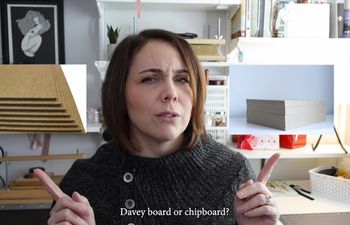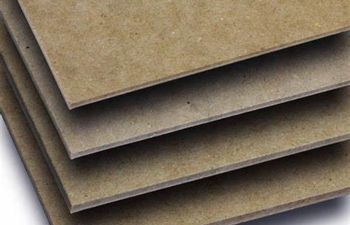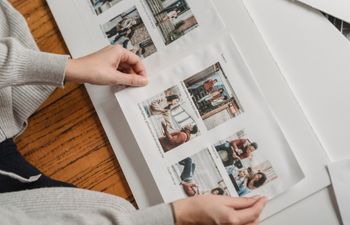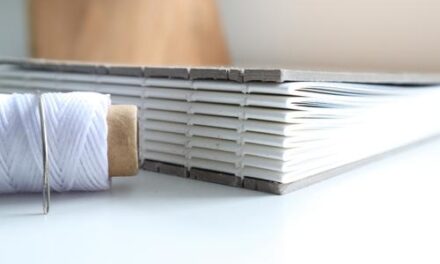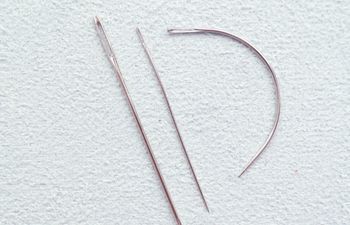If you’re just getting into book making, you’ve probably come across discussions about the use of Davey vs. Chipboard in bookbinding. With so many differing opinions out there, it can be hard to tell fact from fiction. For example, if Davey board is the best, why do book binding retailers like MyBinding and Binding101 sell chipboard? Furthermore, why do these same retailers refer to both boards (chip and Davey) as “binder’s board”?
These are great questions, and I’m going to answer each of them in the post below. I’ll also give you everything you need to make a decision about Davey vs. Chipboard for your next binding project.
First, what is Binder’s Board?
Binder’s board refers to any pressed paper that can be used in the making of a book. As you can imagine, the term casts a pretty wide net. There are tons of different “board” we could use (from recycled cardboard all the way up to museum-quality art board), so it’s not very specific. Retailers love it because they can group lots of different materials under a single term, but those of us who make books feel misled and confused.
Hopefully, this post will clear some of that up today.
What’s the Difference between Davey and Chipboard?
How Davey and Chipboard are Made
Davey board, named after the company that manufactured it (The Davey Company (Davey Est 1842)), is a superior quality binder’s board. It’s created using a single ply wet lap construction, which provides superior dimensional stability and a high degree of flexibility. The board’s high density makes it difficult to break and provides a high corner crush resistance. There are no bleaching agents or other chemicals used to make this board, so it is acid-free and will not yellow or warp over time.
Chip board is an all-purpose craft board made from waste wood. Waste wood is composed of leftovers from the milling process, sawdust and other particles. It is also known as “particle board” as both are created from the same process. During manufacturing, layers of waste wood are pressed together and glued using urea-formaldehyde and various chemicals depending on the final use. This is why chipboard can be either acidic or acid-free.
Characteristics of Davey vs. Chipboard
Board manufacturing plays a huge role in the final product’s composition, strength, flexibility, etc.
Davey board is:
- High density
- Single ply wet lap construction
- Acid-free (pH level higher than 7.0)
- Superior dimensional stability
- High flex strength
- High corner crush resistance
- Smooth surface
- Created WITHOUT chemicals or ingredients considered hazardous (under OSHA regulation)
All of these properties are important when creating high quality books. If you want your book to last generations, this board is the #1 choice. Similarly, if you want to create a book that won’t yellow, break down or warp over time (such as a scrapbook with important memorabilia), Davey board is the go-to.
Chipboard is:
- Low density
- Multi-layered, glued construction
- Low flex strength
- High degree of breakage (splintering, cracking, etc), especially as the board ages
- Smooth and textured surfaces, depending on manufacturing process
- Created using chemicals such as urea-formaldehyde
Chipboard has lots of craft uses, such as frames, posters, decorative objects, embossing, painting, stamping, etc. With such versatility, it’s easy to understand how it found its way into bookbinding. It’s important to note that chipboard is NOT considered binder’s board.
Advantages & Disadvantages of Davey vs. Chip Board
While Davey board has the most advantages, it has some downsides, too:
- More expensive
- Harder to find in small sheet sizes
- Difficult to cut without a board cutter due to it’s density
Chip board may be of lower quality overall, but it has some advantages:
- Less expensive
- Easier to find in small sheet sizes
- Easier to cut with an Olfa knife or die cut machine
When should I use Davey vs. Chip Board?
Davey board is great for any size book, from very small to very large. There are zero limitations, but you should consider how long the book is intended to last. Books with short lives (short use or children’s crafts) should consider less expensive board.
When it comes to book sizes, chip board has limitations. An acid-free variety can be used to create books smaller than 9 x 7, but the board just isn’t strong enough to support the spines of larger books. Even thick chip board is not recommended for large books because it grows brittle over time. Of course, if the book is not intended to last (short lived), feel free to use any type of chipboard.
Let’s sum it up:
- Davey board is a very high quality binder’s board and should be used in projects intended to last, such as those created for a bookbinding business, family heirlooms, fine bindings and more.
- Chip board is a lower quality board, but has many different uses across the crafting spectrum. It should be used for short-lived projects or decorations. Due to it’s weak construction, it should never be used as a support structure.
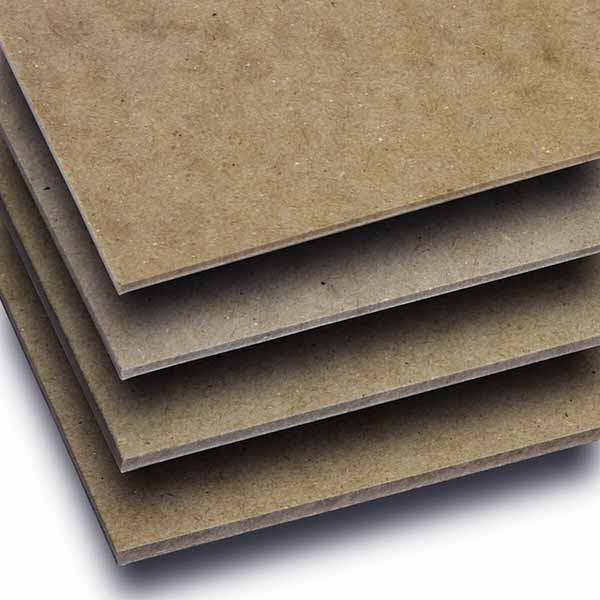
Video: Which is better? Davey board, Binder’s Board or Chipboard?
Learn more about book board in my informative post, Know the Difference | Book Board
I discuss everything from 2- and 4-ply to point sizes to recommended thickness based on book size.
Where to buy book board
All of the options below offer custom cutting. This is important if you don’t have strong hands/wrists (arthritis is a real jerk), if you don’t have a strong enough cutter at home or if you just want to preserve the sharpness of your cutter’s blade.
- Hollander’s offers various sizes of standard and Davey board
- Talas Online offers Davey board and Green Millboard
- Colophon Book Arts – offers Davey board
More bookbinding goodness
✨ What tools do I need to get started bookbinding?
- Bookbinding Tools & Supplies Quick Start Guide – learn all about book making tools, which to buy first & where to go online
- Pick up my popular Complete Starter Bookbinding Tools Kit – all the bookbinding essentials in one spot
🌟 Looking for a simple way to start making books?
Try a Complete Book Materials Kit. Each one has everything you need (+ tutorials & videos) to make a beautiful book without all the fuss.
Thank you for taking me along on your book making journey!
Misty
